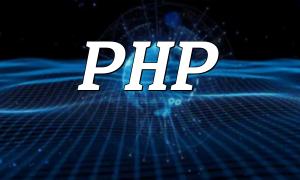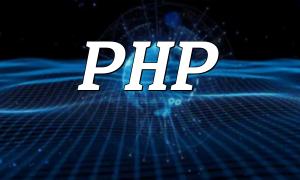PHP and Python are both widely used programming languages. They share many similarities in function definitions and usage, but also have key differences. Understanding these differences can help developers choose the appropriate language for their needs.
The syntax for declaring and invoking functions in PHP and Python is quite similar, but there are some subtle differences.
function greet($name) {
echo "Hello, $name!";
}
greet("John"); // Function calldef greet(name):
print(f"Hello, {name}!")
greet("John") # Function callAs shown above, the syntax for function declaration and invocation in PHP and Python is very similar. Both use the function name followed by parameters for invocation.
PHP and Python differ in how parameters are passed to functions.
PHP uses pass-by-value. This means that when a variable is passed to a function, a copy of the value is passed, and modifications to that value inside the function do not affect the original variable outside the function.
Python, by default, uses pass-by-reference. This means that the reference to the original variable is passed to the function, and changes to the variable inside the function will affect the original variable outside the function.
PHP and Python also handle return types differently.
PHP allows you to explicitly specify the return type of a function, ensuring the returned value matches the expected type.
Python does not have an explicit return type. Functions can return any type of data, including None.
Now, let’s compare PHP and Python functions with a simple example of calculating the sum of two numbers.
function sum($a, $b) {
return $a + $b;
}
$result = sum(5, 10); // Calculate the sum of 5 and 10def sum(a, b):
return a + b
result = sum(5, 10) # Calculate the sum of 5 and 10In both examples, we define a function named sum that takes two numbers as parameters and returns their sum. The PHP function explicitly specifies an int return type, whereas the Python function does not specify a return type.
PHP and Python are both powerful programming languages with their own strengths and weaknesses. When it comes to functions, PHP offers type declarations and pass-by-value, which is suitable for scenarios requiring strict type control. On the other hand, Python’s dynamic typing and pass-by-reference provide more flexibility. Understanding the differences between the two can help developers make more informed choices in real-world applications.









